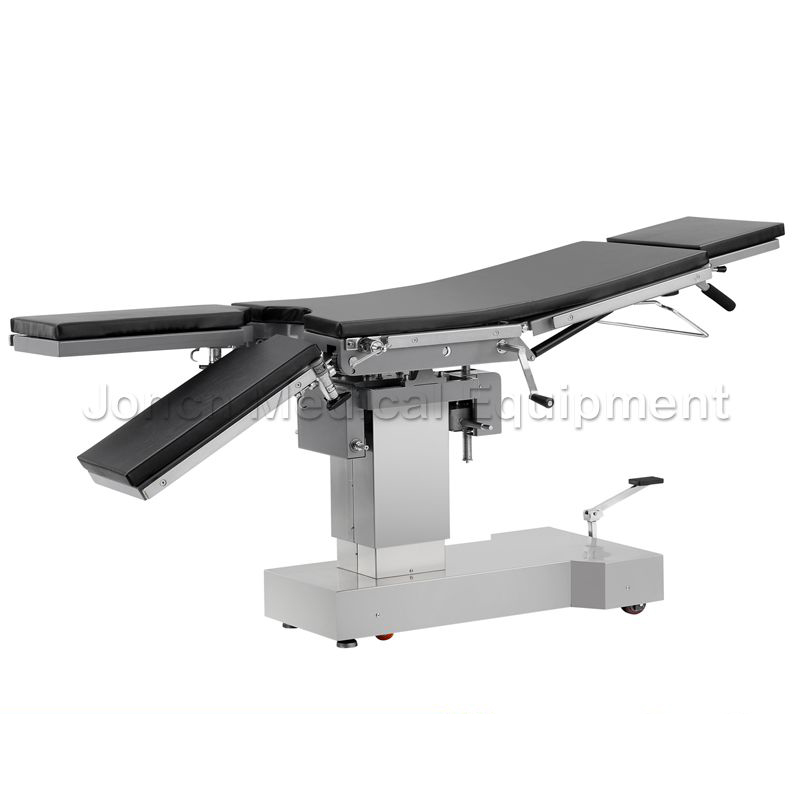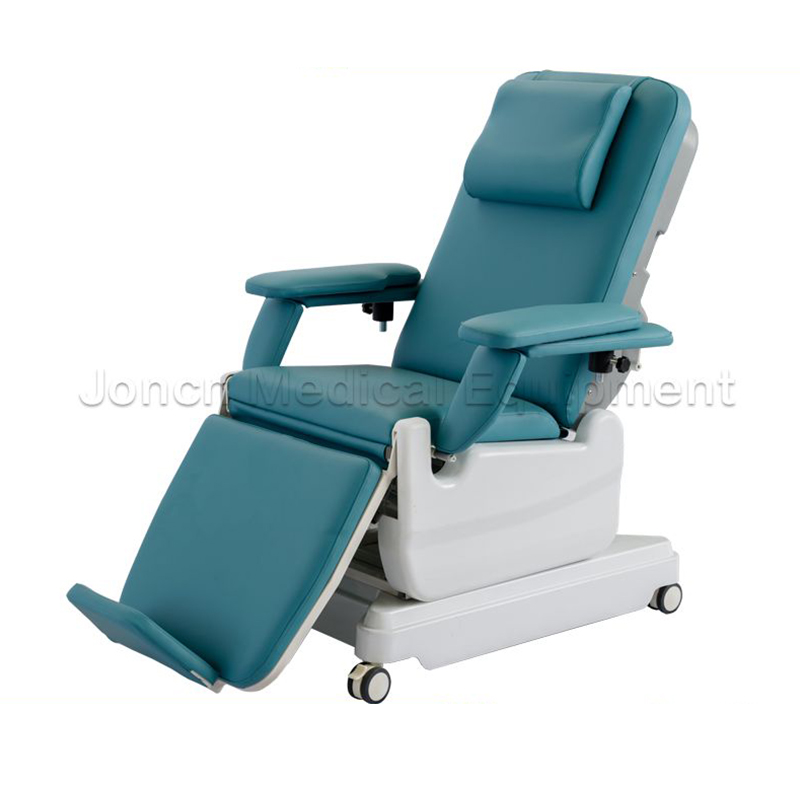
The design and function of a Pediatric Hospital Bed are far more specialized than a simply scaled-down version of an adult bed. These devices are critical components of the healthcare environment for young patients, requiring a sophisticated balance of advanced medical functionality, stringent safety standards, and features that promote comfort and a sense of security for children of all ages.
The fundamental difference between pediatric and adult hospital beds lies in the unique vulnerabilities and developmental stages of children, from infants to adolescents.
Safety is the paramount consideration, driven by the need to prevent falls, entrapment, and injury to a child who may be confused, in pain, or developmentally prone to exploration.
Entrapment Prevention: International standards, such as EN 50637:2017 in Europe, dictate strict limits on gaps between side rails, the mattress, and the bed frame. These dimensions are precisely tailored to pediatric anthropometrics to prevent the entrapment of a child's head or limbs.
High Side Rails and Enclosures: Pediatric beds feature side rails that are significantly higher than those on adult beds, often encompassing the entire length of the bed. For very young or high-risk patients, specialized models like pediatric cribs or canopy/enclosure beds may be used, which are fully enclosed to prevent climbing or accidental exit.
Secure Locking Mechanisms: Wheels (casters) must have robust locking brakes, and all adjustment controls, especially electric ones, should include child-safe lockouts to prevent accidental movement or position changes by a curious patient.
Pediatric Hospital Bed systems must be adaptable to a wide range of patient sizes, from newborns to teenagers.
Medical Cribs/Cots: Designed for infants and toddlers (typically 0-3 years), these resemble traditional cribs but are medically equipped with adjustable heights and access points for clinical care.
Junior Beds: Designed for older children, these are smaller and lower than adult beds, often featuring a more approachable aesthetic.
Specialty Beds: For critical care (PICU) or specific conditions, these beds incorporate advanced features like integrated weighing scales, precise positioning (e.g., Trendelenburg/Reverse Trendelenburg), and advanced accessory rails for ventilators, monitors, and IV pumps.

Beyond basic containment, the modern Pediatric Hospital Bed is engineered to facilitate medical treatment and support the psychological well-being of the patient.
The beds are designed to give healthcare providers easy access while maintaining patient safety.
Adjustability: Electric or manual adjustments for height, backrest inclination, and knee-rest are essential for proper patient positioning during procedures, respiratory support, and feeding. Height adjustment also benefits caregivers by ensuring an ergonomic working height, reducing the risk of staff injury.
Mobility: High-quality casters allow for smooth and quick transfer of the patient within the unit or to different departments, which is crucial in emergency situations.
Infection Control: Materials must be durable, non-toxic, and easy to clean and disinfect. Surfaces are often smooth with minimal crevices to reduce the risk of hospital-acquired infections.
A hospital stay can be stressful for a child. Features aimed at comfort and a less clinical appearance are vital for reducing anxiety and promoting a faster recovery.
Child-Friendly Aesthetics: Many Pediatric Hospital Bed designs incorporate bright colors, curved edges, and less intimidating structures to create a more positive, familiar environment.
Comfortable Support: Specialized pediatric mattresses are used to provide optimal pressure distribution, spinal alignment, and thermal regulation, preventing pressure ulcers and aiding restful sleep.
Family Interaction: Adjustable height features allow the bed to be lowered, making it easier for parents to sit beside their child, which is a powerful element of pediatric care. Some models even feature a pull-out extension or space for a parent to sleep nearby.
In conclusion, the Pediatric Hospital Bed is a highly regulated and specialized piece of medical equipment. Its design is a testament to the comprehensive approach of pediatric medicine, prioritizing a child's safety and emotional comfort alongside their critical medical needs. The evolution of these beds reflects an ongoing commitment to providing the highest quality of care for the most vulnerable patients.

The EMD200002 five functional electric hospital bed, a top-tier solution designed to meet the diverse needs of healthcare facilities and institutions. With meticulous attention to technical parameters...
See Details
Manual hydraulic surgical table with CE Certification, designed to meet the demanding needs of modern medical procedures with precision and reliability. This advanced surgical table boasts impressive ...
See Details
Hydraulic gynecology operating theater table for hospitals, a solution designed to meet the rigorous demands of modern surgical environments. Crafted with precision and functionality in mind, this tab...
See Details
Economic 4 function electric dialysis chair, designed for comfort and functionality in blood supply stations and hospitals. This advanced chair boasts a comprehensive three-section electric design wit...
See Details
ABS plastic workstation adjustable trolley cart, a versatile and robust solution designed specifically for efficient medical environments. Crafted from high-quality ABS materials, our trolley cart ens...
See Details
The advanced ABS plastic hospital anaesthesia trolley, is meticulously designed to meet the rigorous demands of modern medical facilities. Crafted from durable ABS and antibacterial materials, this tr...
See DetailsIf you are interested in our products, please consult us
Products
Mobile terminal